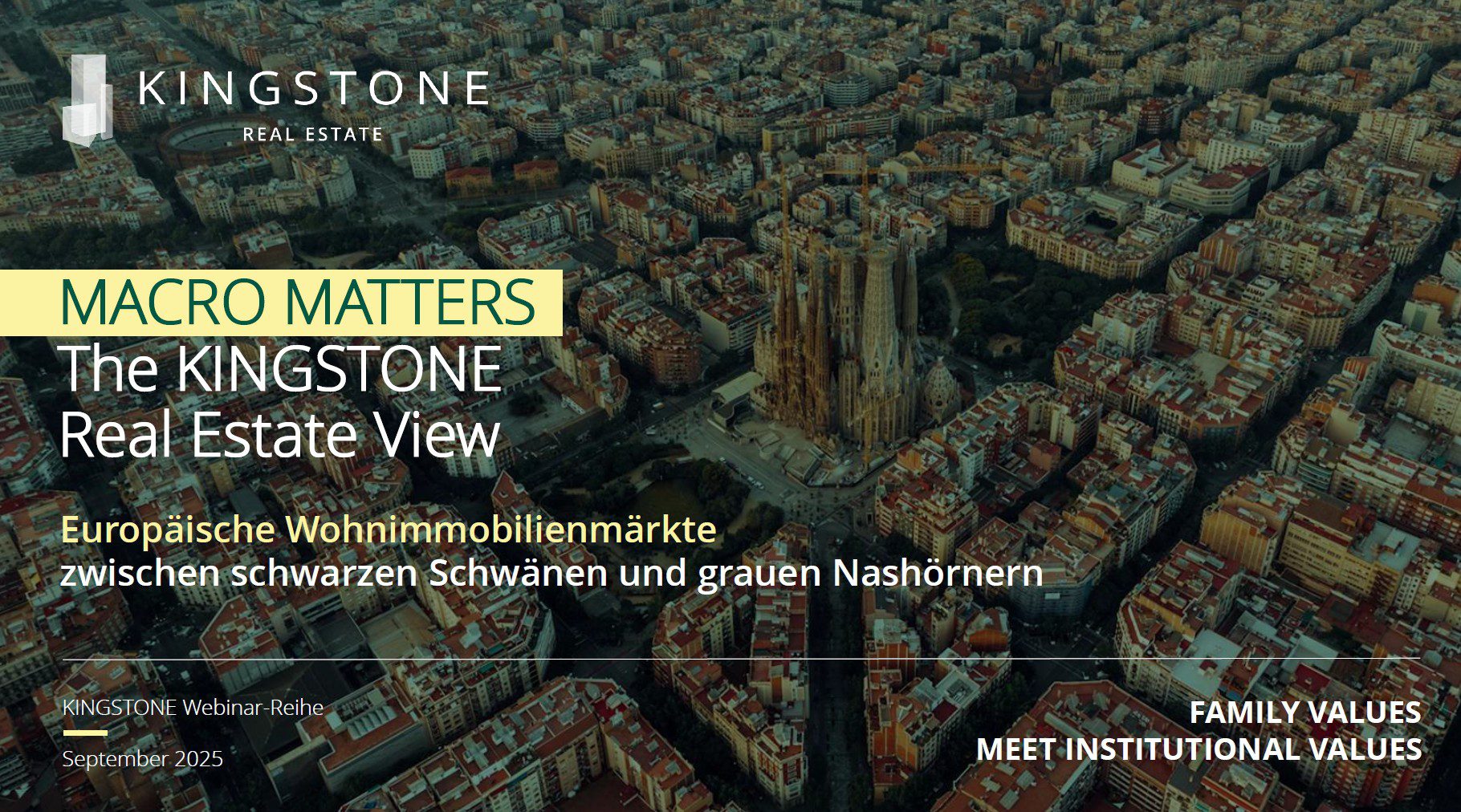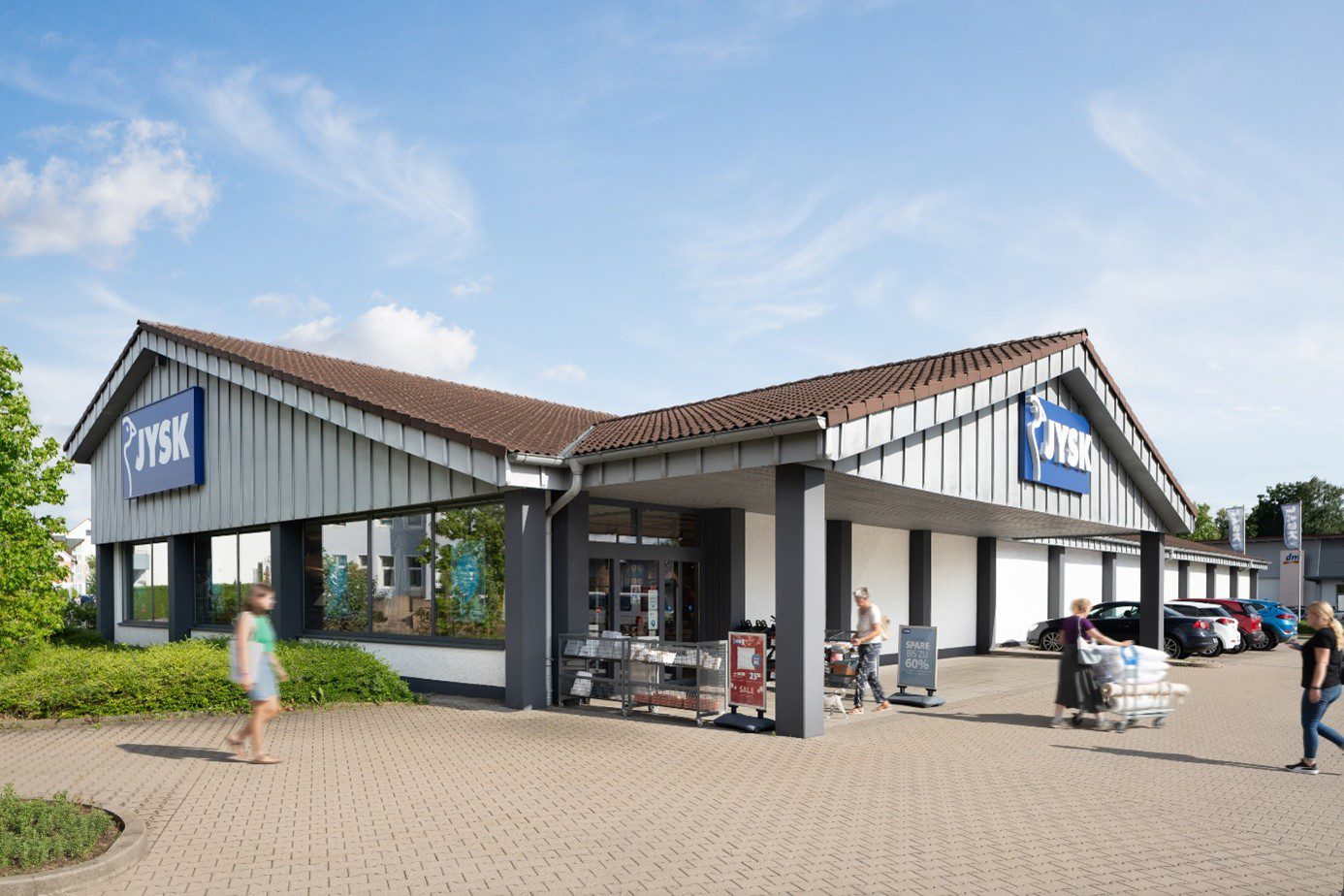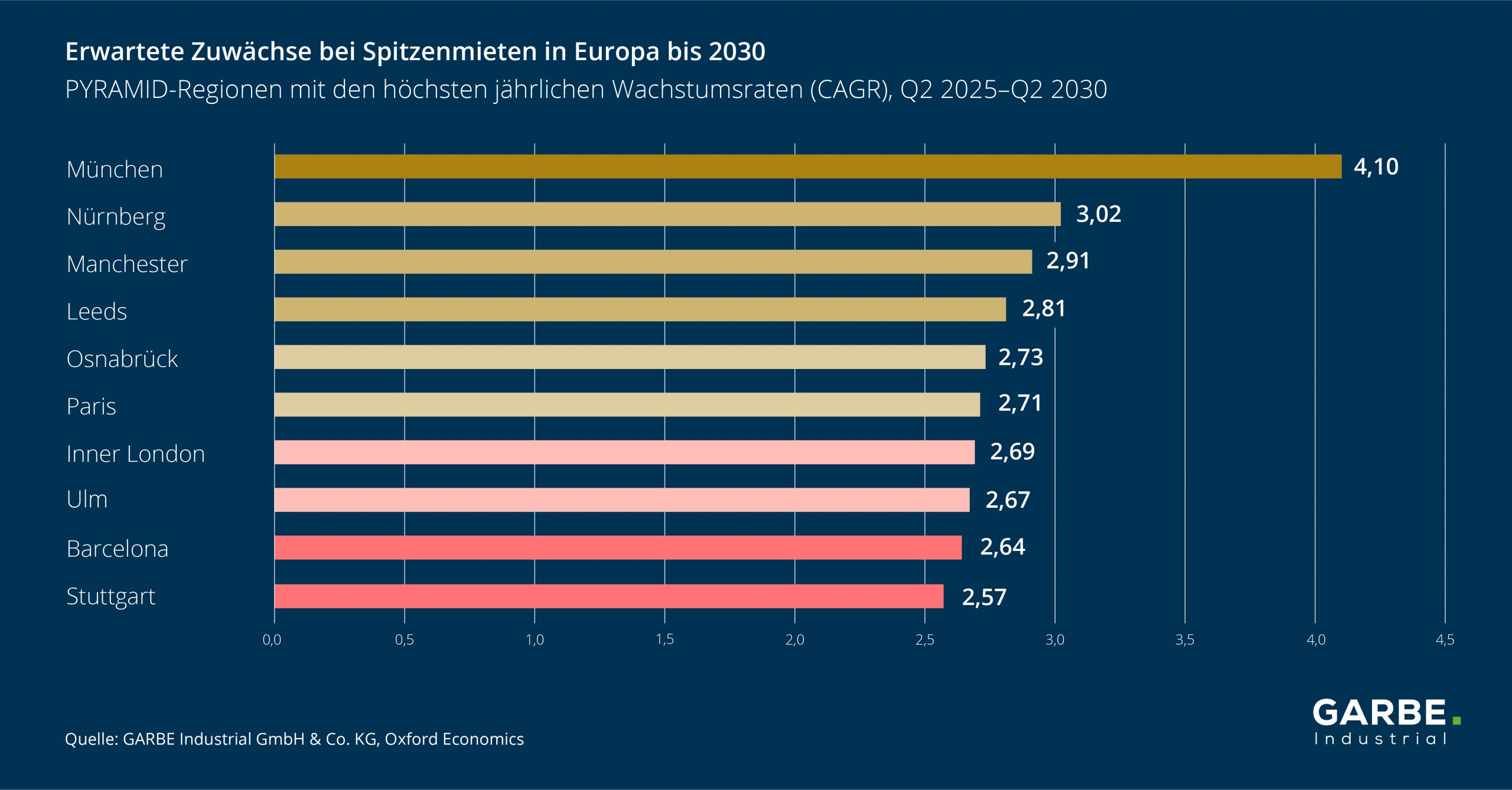After the end of the low interest rate phase, institutional investors are faced with the task of bringing stability and resilience to their investments in real estate and other alternatives. The aim is not only to manage the investments more efficiently, but also to hedge against market fluctuations. This need can be met with the Multi Manager Business, which bundles assets into master or funds of funds. The model offers the potential to structure portfolios in a more resilient, efficient and sustainable way.
At the heart of the Multi Manager Business concept is the possibility of consolidating heterogeneous investments – such as direct real estate portfolios, target funds of various asset classes such as logistics, office, residential or infrastructure as well as club deals – under a common vehicle. This not only allows for in-depth diversification, but also flexible management of distributions, a smoothing effect in the event of valuation or earnings fluctuations and a balance sheet structure that can be tailored specifically to the individual requirements of the investor. For example, hidden reserves and hidden burdens can be balanced against each other in order to achieve a more balanced result or to achieve distribution targets regardless of individual developments.
Multi-manager models as an active control instrument
A key feature of the multi-manager approach is the combination of bundled asset management and individual strategic advice. The selection of target funds and managers is embedded in in-depth research work that continuously monitors and analyses capital markets, asset classes and sustainability strategies. This enables institutional investors to make allocation decisions based on objective criteria and to adjust flexibly if necessary, for example by reducing exposures to hotel funds while at the same time opening up new opportunities in logistics or infrastructure funds. This takes into account not only the current market situation, but also the future orientation with regard to ESG criteria, decarbonisation pathways or regulatory requirements.
The multi-manager model also shows its strengths at the operational level. The complexity of regulatory requirements and reporting obligations has increased significantly in recent years – both quantitatively and qualitatively. Whereas in the past fragmented individual reports from different fund structures had to be compiled, the multi-manager vehicle now allows a consolidated view of the overall portfolio. Digital solutions enable reporting that integrates not only key figures at the property level, but also analyses of tenant structure, financing details, ESG performance and liquidity planning. With the development and introduction of the investment cockpit of HIH Invest Real Estate, investors can call up this data at any time and evaluate it as required. The administrative burden is significantly reduced, especially for investors who manage several vehicles and at the same time rely on uniform governance standards.
The principle of the modular system allows services from the multi-manager business to be combined in a modular way: from fund selection to structuring and operational management. Especially in turbulent market phases, there is a desire for active management support. Funds that are passively managed at their core can also be managed dynamically if necessary. This is not just about tactical adjustments, but about a fundamental strategic orientation, which can only be implemented in the first place through the multi-manager structure. For the investor, the tailor-made solution is created in the Multi Manager Business: Investors retain control, but at the same time reduce operational complexity and can concentrate on strategic decisions.
The complexity of regulatory requirements and reporting obligations has increased significantly in recent years – both quantitatively and qualitatively.
Weather protection for the portfolio
Overall, it is clear that a master fund is much more than a bundling vehicle. It is an expression of an innovative, professional investment approach that allows institutional investors to structure their investments efficiently, spread risks, meet regulatory requirements and at the same time react flexibly to market developments. At a time when “buy and hold” is no longer a guarantee of stability, the multi-manager model is the weather protection for real asset portfolios – viable, intelligent and future-proof.






















